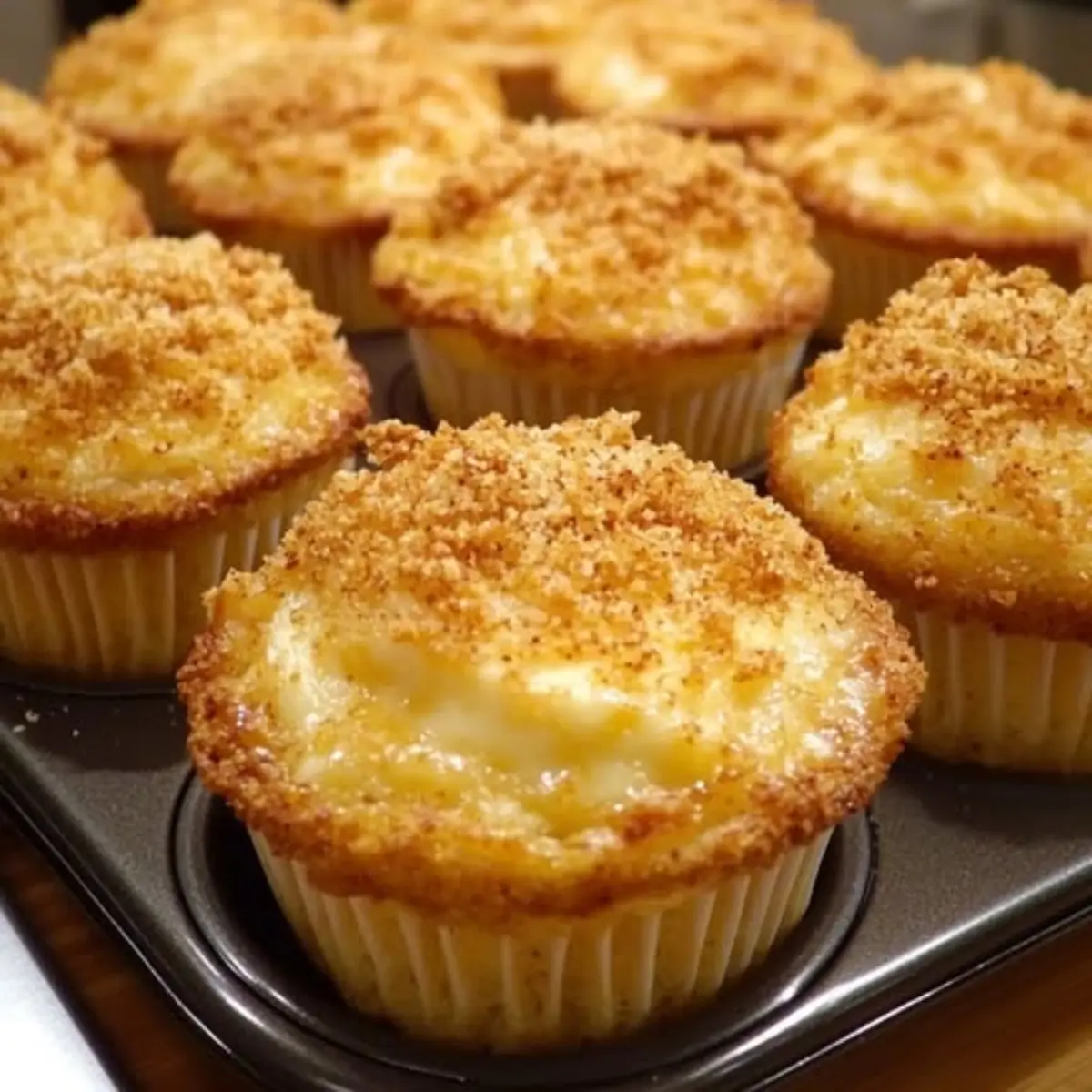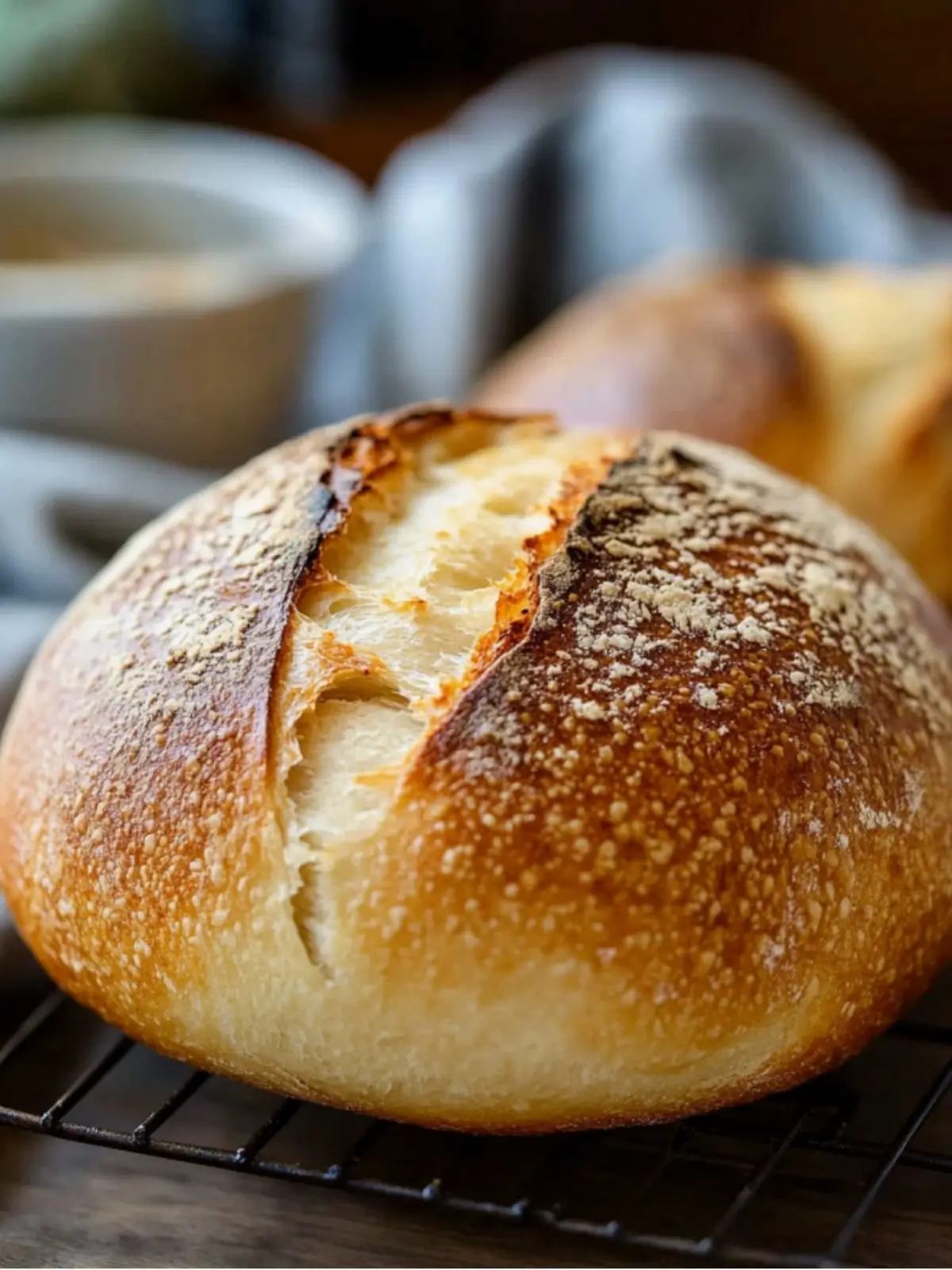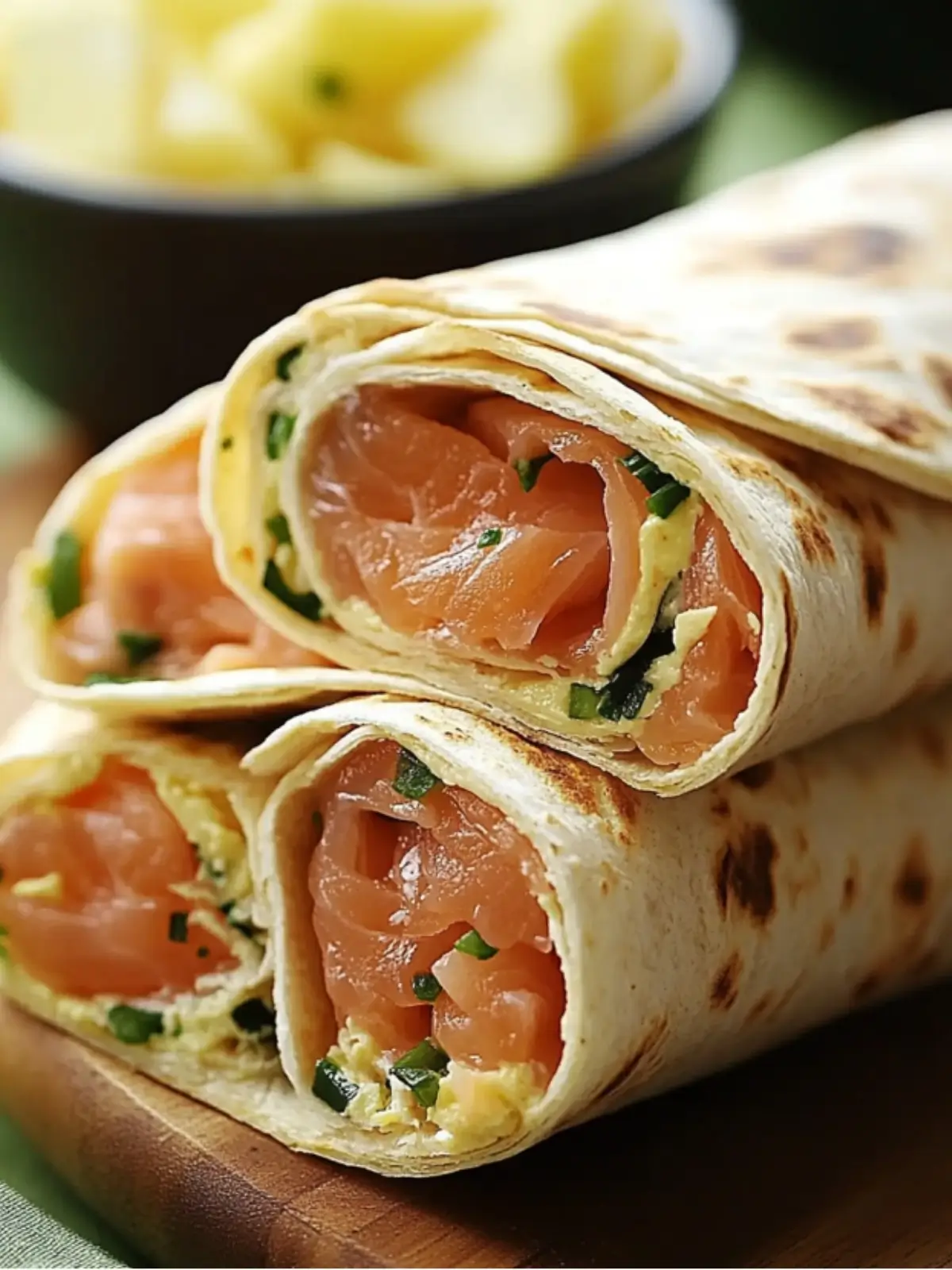Easy and Delicious Homemade Banana Bread Recipe
ADVERTISEMENT
Banana bread is a classic baked good that is loved by many. It's a simple recipe that can be made with just a few ingredients, and it's perfect for breakfast, dessert, or a snack. The warm, comforting smell of banana bread baking in the oven is enough to make anyone's mouth water.
There are many variations of banana bread, but the basic recipe calls for ripe bananas, flour, sugar, eggs, and butter. Some recipes include additional ingredients like nuts, chocolate chips, or spices to add extra flavor and texture. One of the great things about banana bread is that it's easy to customize to your liking. Whether you prefer a classic recipe or something with a little more pizzazz, there's a banana bread recipe out there for everyone.
Making banana bread is a great way to use up overripe bananas that might otherwise go to waste. It's also a great option for those who are looking for a healthier baked good, as it can be made with whole wheat flour and less sugar. In this article, you'll learn everything you need to know to make the perfect banana bread, including tips and tricks for getting the best results.
Ingredients
Banana bread is a classic quick bread recipe that is loved by many. It is simple to make and requires only a few basic ingredients. Here are the main ingredients used in most banana bread recipes:
Flour Types
Flour is the main ingredient in banana bread that provides structure and texture. Most banana bread recipes call for all-purpose flour, but some recipes use whole wheat flour or a combination of both. Whole wheat flour adds fiber and nutrients to the bread, while all-purpose flour provides a lighter texture.
Sweeteners
Sweeteners are used to give banana bread its sweetness. Most recipes call for granulated sugar, but some use brown sugar or honey. Brown sugar adds a caramel flavor and moisture to the bread, while honey adds a natural sweetness.
Leavening Agents
Leavening agents are used to make banana bread rise. Baking powder and baking soda are the most common leavening agents used in banana bread recipes. Baking powder is a combination of baking soda and cream of tartar, while baking soda requires an acidic ingredient, such as buttermilk or yogurt, to activate.
Fats
Fats are used to add moisture and richness to banana bread. Most recipes call for unsalted butter, but some use vegetable oil or coconut oil. Butter adds a rich flavor and a tender crumb, while oil makes the bread moist and tender.
Eggs
Eggs are used to bind the ingredients together and provide structure to the bread. Most recipes call for large eggs, but some use egg whites or egg substitutes. Eggs also add richness and flavor to the bread.
Add-Ins
Add-ins are optional ingredients that can be added to banana bread for extra flavor and texture. Common add-ins include chopped nuts, such as walnuts or pecans, chocolate chips, or dried fruit, such as raisins or cranberries. These ingredients add crunch, sweetness, and texture to the bread.
Equipment Needed
Making banana bread requires a few basic tools and equipment that most home cooks already have in their kitchens. Here are the essential items needed for making banana bread:
Mixing Tools
To mix the ingredients for banana bread, you need a mixing bowl and a spoon or spatula. A whisk can also be used to combine the dry ingredients. An electric mixer is not necessary, but it can make the mixing process faster and easier.
Baking Pans
The most common baking pan for banana bread is a 9x5 inch loaf pan. It is important to use a metal or glass pan, as silicone pans can cause the bread to become overly moist. Other options include mini loaf pans or muffin tins for individual servings.
Measuring Devices
Accurate measuring is crucial for baking, so it is important to have measuring cups and spoons on hand. A kitchen scale can also be used to measure ingredients by weight for even greater accuracy. Additionally, a liquid measuring cup is needed to measure liquids such as milk or oil.
By having these basic tools and equipment, anyone can make delicious banana bread at home.
Preparation Steps
Mixing the Batter
To start, gather all the necessary ingredients for the banana bread recipe. In a large mixing bowl, mash ripe bananas with a fork until they are smooth. Add in sugar, melted butter, beaten eggs, vanilla extract, and baking soda. Mix well until all ingredients are combined.
Next, gradually add in the flour, stirring until the mixture is smooth and free of lumps. If desired, add in chopped nuts or chocolate chips for extra flavor and texture.
Greasing the Pan
Before pouring the batter into the pan, grease it with butter or cooking spray to prevent the bread from sticking. Be sure to coat the bottom and sides of the pan evenly.
Preheating the Oven
Preheat the oven to 350°F (177°C) before baking the banana bread. This will ensure that the bread bakes evenly and thoroughly. Once the oven is heated, pour the batter into the greased pan and smooth out the top with a spatula.
Bake the banana bread for 50-60 minutes, or until a toothpick inserted into the center comes out clean. Allow the bread to cool for 10-15 minutes before removing it from the pan and slicing it into pieces.
By following these simple preparation steps, anyone can make a delicious and moist banana bread that is sure to impress.
Baking Process
Pouring the Batter
Once the banana bread batter is mixed, it's time to pour it into the baking pan. It's important to use a pan that is the appropriate size for the amount of batter, as this will affect the baking time and the final texture of the bread. A 9x5 inch loaf pan is a standard size for banana bread.
When pouring the batter, it's important to fill the pan no more than two-thirds full. This will allow room for the bread to rise without overflowing. If there is extra batter, it can be used to make muffins or mini loaves.
Baking Time
The baking time for banana bread can vary depending on the recipe, the size of the pan, and the oven temperature. A standard baking time for a 9x5 inch loaf pan is between 55 and 60 minutes at 350°F. However, it's important to check the bread for doneness before removing it from the oven.
To check for doneness, insert a toothpick or a thin knife into the center of the bread. If it comes out clean, the bread is done. If there is batter or crumbs on the toothpick, the bread needs more time in the oven.
Temperature Control
Maintaining a consistent oven temperature is crucial for baking banana bread. Fluctuations in temperature can cause the bread to cook unevenly or not rise properly. It's recommended to preheat the oven for at least 10 minutes before baking to ensure that it's at the correct temperature.
If the bread is browning too quickly on top, it can be covered with foil halfway through the baking time to prevent it from burning. It's also important to rotate the pan halfway through the baking time to ensure even cooking.
By following these tips for pouring the batter, baking time, and temperature control, you can achieve a perfectly baked and delicious banana bread every time.
Post-Baking
Cooling
After removing the banana bread from the oven, it is essential to let it cool down before serving. The cooling process allows the bread to set and helps to prevent it from falling apart when sliced. To cool the banana bread, place it on a wire rack and let it sit for at least 15-20 minutes. Once it has cooled down to room temperature, it is ready to be unmolded.
Unmolding
To unmold the banana bread, run a knife around the edges of the pan to loosen it from the sides. Then, carefully invert the pan onto a plate or cutting board. If the banana bread does not come out easily, gently tap the bottom of the pan or use a spatula to loosen it further. Once the banana bread is unmolded, let it cool completely before slicing.
Serving Suggestions
Banana bread is a versatile treat that can be enjoyed in many ways. It can be served warm or at room temperature and can be topped with a variety of toppings. Here are some serving suggestions to make your banana bread even more delicious:
- Spread a layer of butter or cream cheese on top of the banana bread for a rich and creamy flavor.
- Drizzle honey or maple syrup on top of the banana bread for a sweet and sticky glaze.
- Top the banana bread with fresh fruit, such as sliced bananas or berries, for a burst of freshness.
- Sprinkle chopped nuts, such as walnuts or pecans, on top of the banana bread for extra crunch and texture.
By following these tips for post-baking, you can ensure that your banana bread turns out perfectly every time.
Storage Tips
Once you've baked your delicious banana bread, it's important to store it properly to keep it fresh for as long as possible. Here are some storage tips to help you get the most out of your banana bread:
Room Temperature
If you plan on eating your banana bread within a few days, storing it at room temperature is the best option. Simply wrap the bread in plastic wrap or aluminum foil and store it in a cool, dry place away from direct sunlight. Banana bread stored at room temperature can last up to 4 days.
Refrigerator
If you need to store your banana bread for a longer period, the refrigerator is a good option. Wrap the bread in plastic wrap or aluminum foil and place it in an airtight container before storing it in the refrigerator. Banana bread stored in the refrigerator can last up to a week.
Freezer
For long-term storage, freezing your banana bread is the best option. Wrap the bread in plastic wrap or aluminum foil and place it in an airtight container before storing it in the freezer. Banana bread stored in the freezer can last up to 3 months.
It's important to note that freezing banana bread can affect its texture and taste. To minimize these effects, it's recommended to slice the bread before freezing and wrap each slice individually. This way, you can thaw only what you need and avoid having to refreeze the entire loaf.
By following these storage tips, you can ensure that your banana bread stays fresh and delicious for as long as possible.
Nutritional Information
Banana bread is a delicious and popular baked good that can be enjoyed as a snack or dessert. However, it is important to understand its nutritional information before indulging.
Calories and Macronutrients
The number of calories in a slice of banana bread can vary depending on the recipe and serving size. On average, a slice of banana bread contains around 200-250 calories. It is also important to note that banana bread is high in carbohydrates and sugar, making it a high-calorie food that should be consumed in moderation.
Vitamins and Minerals
Banana bread contains several vitamins and minerals, including potassium, vitamin C, and vitamin B6. Potassium is an essential mineral that helps regulate blood pressure and maintain heart health. Vitamin C is an antioxidant that helps boost the immune system and promote skin health. Vitamin B6 is important for brain function and helps produce neurotransmitters that regulate mood.
Fiber
Banana bread can also be a good source of dietary fiber, especially if the recipe includes whole wheat flour or oats. Fiber is important for digestive health and can help regulate blood sugar levels. However, it is important to note that many banana bread recipes are made with refined flour, which is lower in fiber and nutrients than whole grain flour.
Overall, banana bread can be a tasty treat when consumed in moderation. However, it is important to be aware of its high calorie and sugar content and choose recipes that include whole grains and other nutrient-dense ingredients.
Frequently Asked Questions
Why not to use baking powder in banana bread?
Baking powder is not typically used in banana bread recipes because the bananas themselves act as a leavening agent. The natural sugars in the bananas react with the baking soda, causing the bread to rise. Adding baking powder can result in an overly fluffy and cake-like texture, which is not desirable in banana bread.
Is bread flour better for banana bread?
Bread flour is not necessary for banana bread and can actually make the bread too dense. All-purpose flour is the best choice for banana bread because it has a lower protein content than bread flour and produces a lighter, more tender crumb.
Why is my banana bread so moist?
Moist banana bread is usually a result of using too many bananas or underbaking the bread. The natural moisture in the bananas can make the bread more dense and moist than other types of bread. To prevent overly moist banana bread, make sure to use the correct amount of bananas and bake the bread until a toothpick inserted into the center comes out clean.
How ripe should bananas be for banana bread?
The best bananas for banana bread are overripe bananas with brown spots on the skin. These bananas are sweeter and easier to mash, which helps to create a more flavorful bread. If the bananas are not ripe enough, the bread may be too dry and lack flavor.





Leave a Reply